I’m a lucky gal. For so many reasons, not the least being that I live in Kelowna British Columbia, a city that is nestled in the beautiful Okanagan Valley and was put on the map for the epic orchards and vineyards. We grow the world’s best peaches, apples, cherries, grapes and even walnuts, but there are some things that simply won’t grow here. Almonds fall into that category.
That is why I absolutely jumped at the chance to hop on a plane to Sacramento to check out the almond orchards with the fabulous Almond Breeze team!
Sacramento is about a 1-2 hour drive (traffic dependent) from San Francisco California, and home to a stunning Mediterranean climate that is perfect for growing all sorts of incredible produce. It reminded me a lot of home, just a bit warmer, with palm trees. And no snow. It’s no wonder I jumped on that plane as eagerly as I did!
Blue Diamond, the company that makes Almond Breeze, is a grower-owned co-operative. Over 50% of California growers are members of the co-operative, and I was shocked to find out that California produces 80% of the world’s almond supply! I had no idea! I’m not vegan, or even vegetarian, but Almond Breeze has had a place in my fridge for years. In truth, I love the taste of it and like that it is fortified with nutrients that I won’t get by making my own almond beverage (calcium, vitamin D and vitamin B12). While my favourite is the Almond Breeze unsweetened vanilla, they offer a host of different flavours including the plain unsweetened variety, making it a super versatile product. I am so fortunate to take on an ambassador role with Almond Breeze, and will be sharing a recipe series using Almond Breeze beverages to help inspire you in the kitchen and show you some different ways to use the product!
When I announced that I was heading to Sacramento to check out the almond orchards I was impressed with the number of questions that I got from you all. I consider myself fortunate to be surrounded by people (you!) who care so much about where our food comes from along with how it impacts our health and environment, all of which made me pretty excited to write this! The experience was incredible.
I’ve consumed almonds my entire life, but there is something really special about visiting an orchard and meeting the incredible families that work tirelessly to grow them. The orchard we visited was pristine, out of a magazine, complete with crisp white barns, a perfectly groomed dirt road lined with orange and lemon trees, and the most charming family-owned orchard imaginable. It was a humbling experience, meeting the hard-working growers and learning about the massive amount of love and crazy hard work that it takes to bring us these beautiful bags of almonds that fuel our own families. It’s easy to forget this and take it for granted given how disconnected we are from our food supply. From the personal orchard tour, patient answers to our endless questions (thank you Mel!), and the world’s most quaint farm-to-table lunch served on the most gorgeous rustic table tucked inside the barn (see below), I left feeling grateful… and very full!
I figured that a quick FAQ would be the best way for me to address your awesome questions, so here goes!
Why aren’t more almonds organic?
Many of you were curious about the perceived lack of organic almonds in the market, and why that was. Most almonds are grown with ‘conventional’ farming methods, and the main reason for that has to do with fungus. Farming isn’t for the weak, which was confirmed during this trip. There are many pests that can pray on almonds and bring about their demise, but none seems to rival that of fungus. The critical period for fungal activity and wet periods is during the bloom, which is the most sensitive time for controlling disease. And fungus has a hayday during wet seasons, meaning that if you don’t spray with fungicide, you run a huge risk of losing your entire crop. And you can’t call your crop organic if you use fungicide. Farmers who grow organic almonds do so at a significant risk, which is why most almonds produced are farmed conventionally. But there is something that I want to point out. The farmers who grow these almonds live off the land, and organic or not, they all care deeply about the earth that they are responsible for and have a vested interest in ensuring that as few chemicals (conventional or organic) are used in producing their almonds. As an aside, almonds are non-GMO, just in case you were wondering.
What happens to the bees?
Bees have been getting a lot of attention lately, and rightfully so. After all, the future of our food supply somewhat hinges on them. One of the concerns that many of you raised related to the pollination process and how the bees were impacted. I was truly impressed with the careful, scientific approach that the almond farmers took when it came to the bees. Yes, bees are brought in to pollinate the trees, after which point they are carefully transported to another type of plant by the bee keeper to do the same. What I didn’t know was that almond pollen is the first natural food source in a given year for these bees, and is very nutritious, leaving them healthier as a consequence (I guess almonds are healthy for everyone!).
How does growing almonds impact water supply?
Making sustainable food choices has never been more important, and the topic hits the headlines on a regular basis. There is a misconception that almonds use a disproportionately larger amount of water in the agriculture world. Everything needs water to grow; in fact, an almond tree uses about the same amount of water as all other California fruit and nut trees. Almond producers have drastically increased their water efficiency since the 1990’s (by a reported 33%), producing more crop per drop. Even further, almond by-products don’t go to waste. The hulls, the fuzzy green outer covering, feed dairy cows, and shells are used for energy production through cogeneration and as livestock bedding.
How nutritious are almonds?
Almonds are a nutrient dense food: nutrient density refers to the level of nutrition per some specific volume of food (note, not the same as energy dense, which refers to the level of calories in a specific volume of food). A serving size of almonds is 1 oz, or 23 almonds (or a small handful). Almonds have 6 grams of protein and 160 calories per ounce, and are packed with healthy mono-unsaturated fats, fibre, calcium and Vitamin E. Almonds are great for helping maintain a healthy weight, and are a great snack for those with diabetes or those wanting to improve their heart health. Almond Breeze in particular is gluten free, lactose free, a source of calcium, has no saturated fat and no cholesterol (and is preservative-free, including the shelf-stable variety). Almond beverage isn’t high in protein, but adding a handful of almonds to your meal will make up for this.
7 Ways to Include Almonds in your Diet:
- Make your own trail mix out of unsalted almonds, dried fruit such as blueberries and any other nut or seed you wish to add
- Use as a salad topper to replace croutons (also gluten-free)
- Add them to baking i.e.: cookies (try these almond chocolate cookies)
- Use Almond Breeze almond beverage in your smoothie or cereal
- Try chopped toasted almonds as a topper for stir fries
- Use chopped almonds to add texture to your oatmeal
- Spread almond butter on your favorite whole grain toast
Sources:
Almond Board of California Website
Thank you to Almond Breeze for sponsoring this post and giving me the valuable opportunity to learn about the almond industry first-hand!




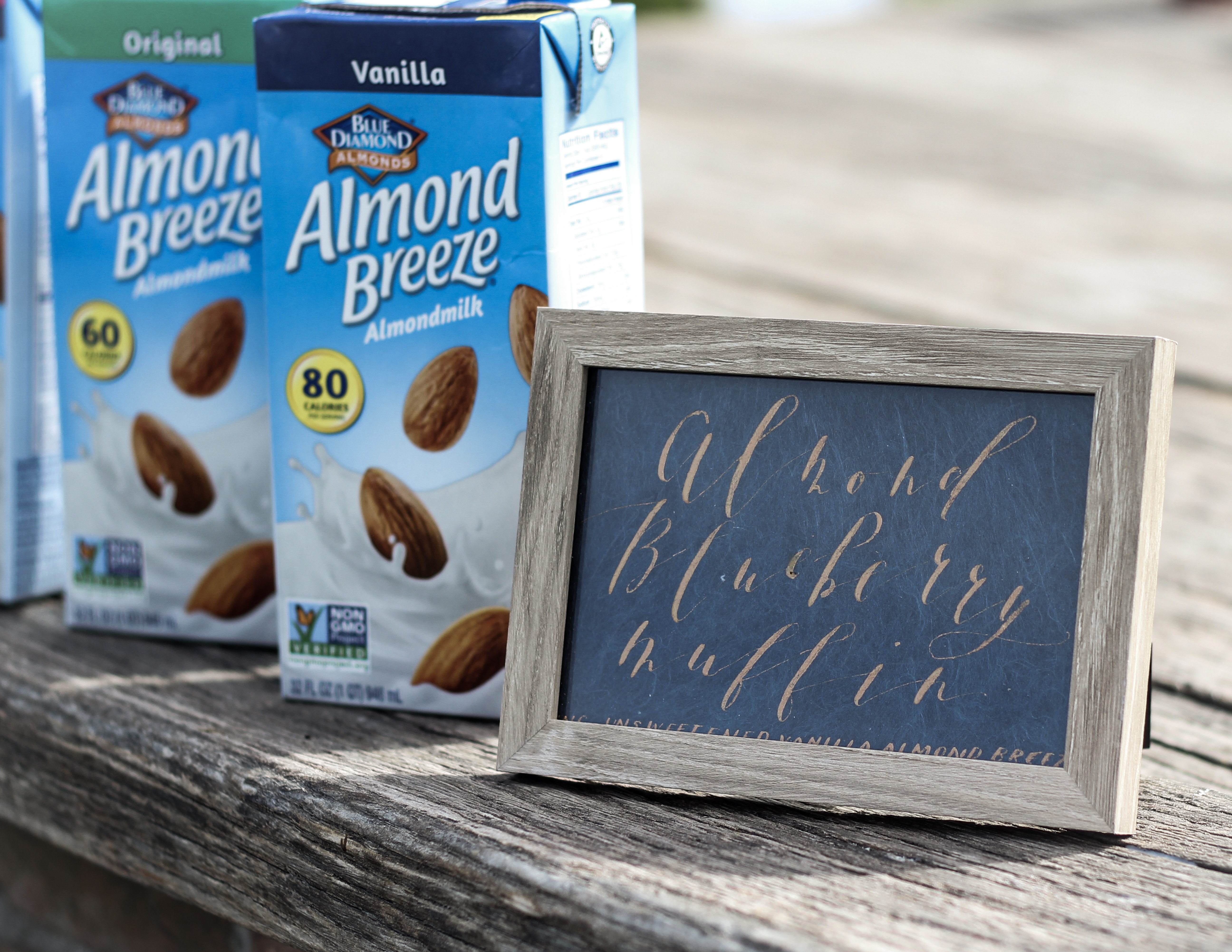




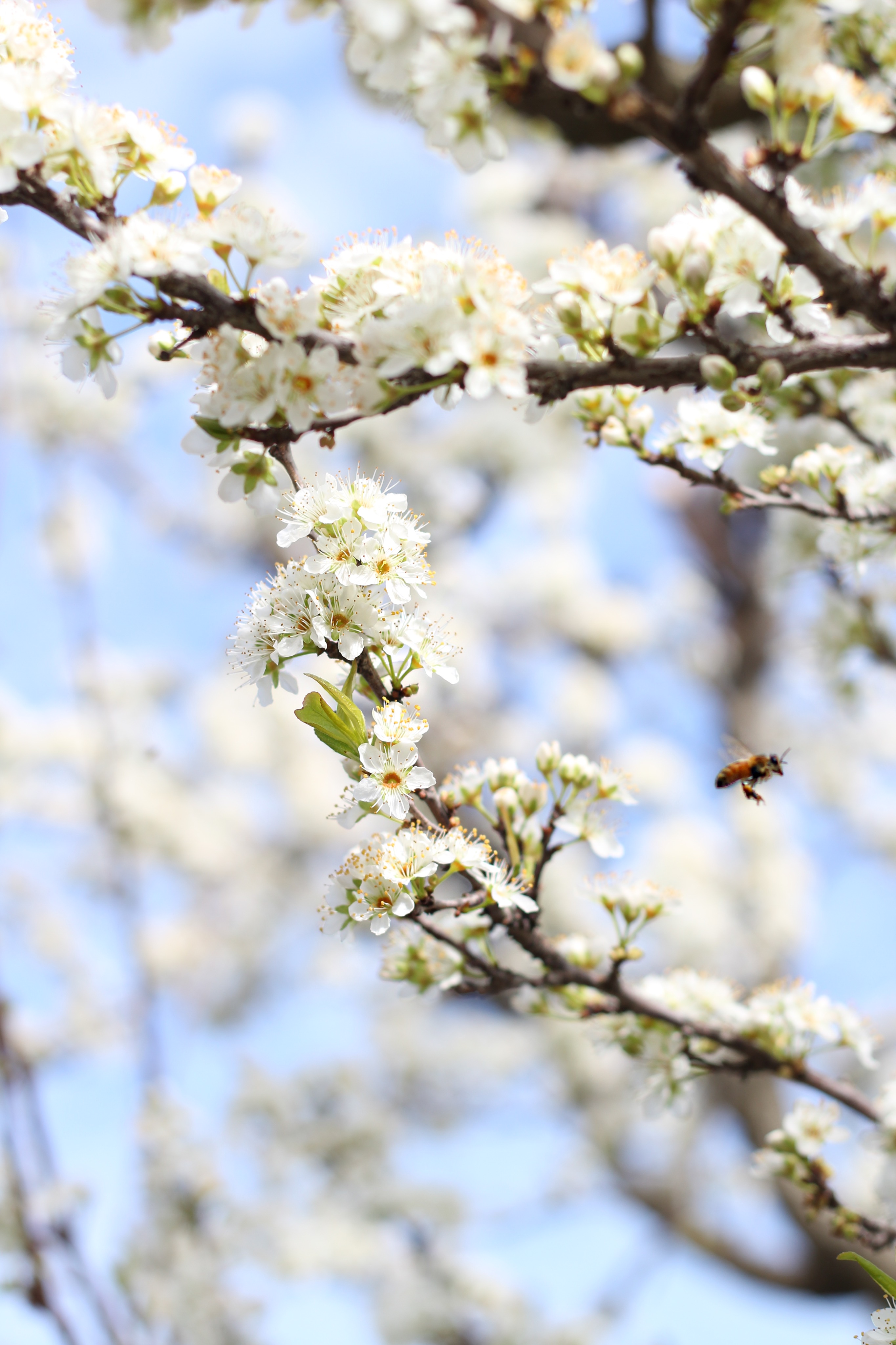
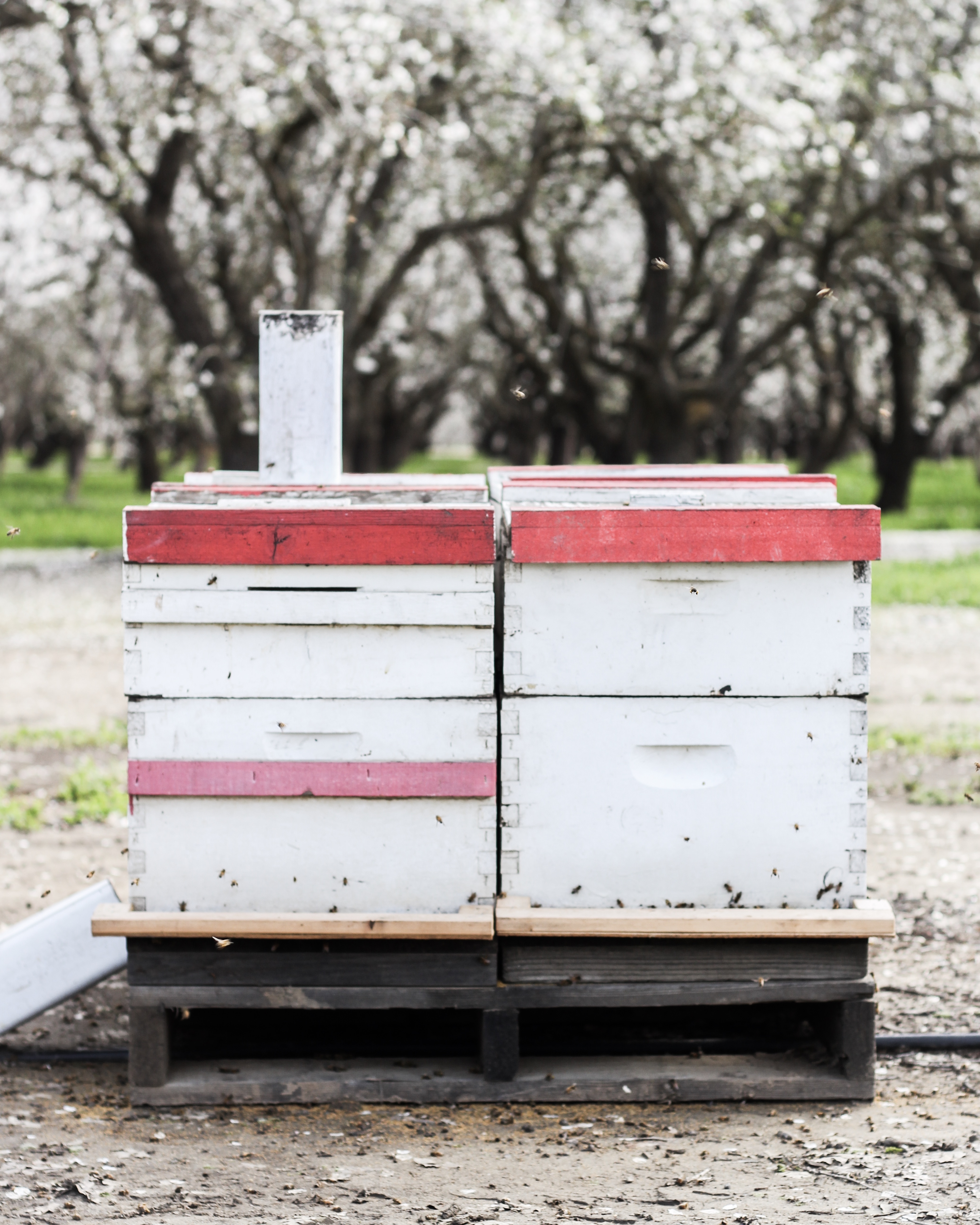
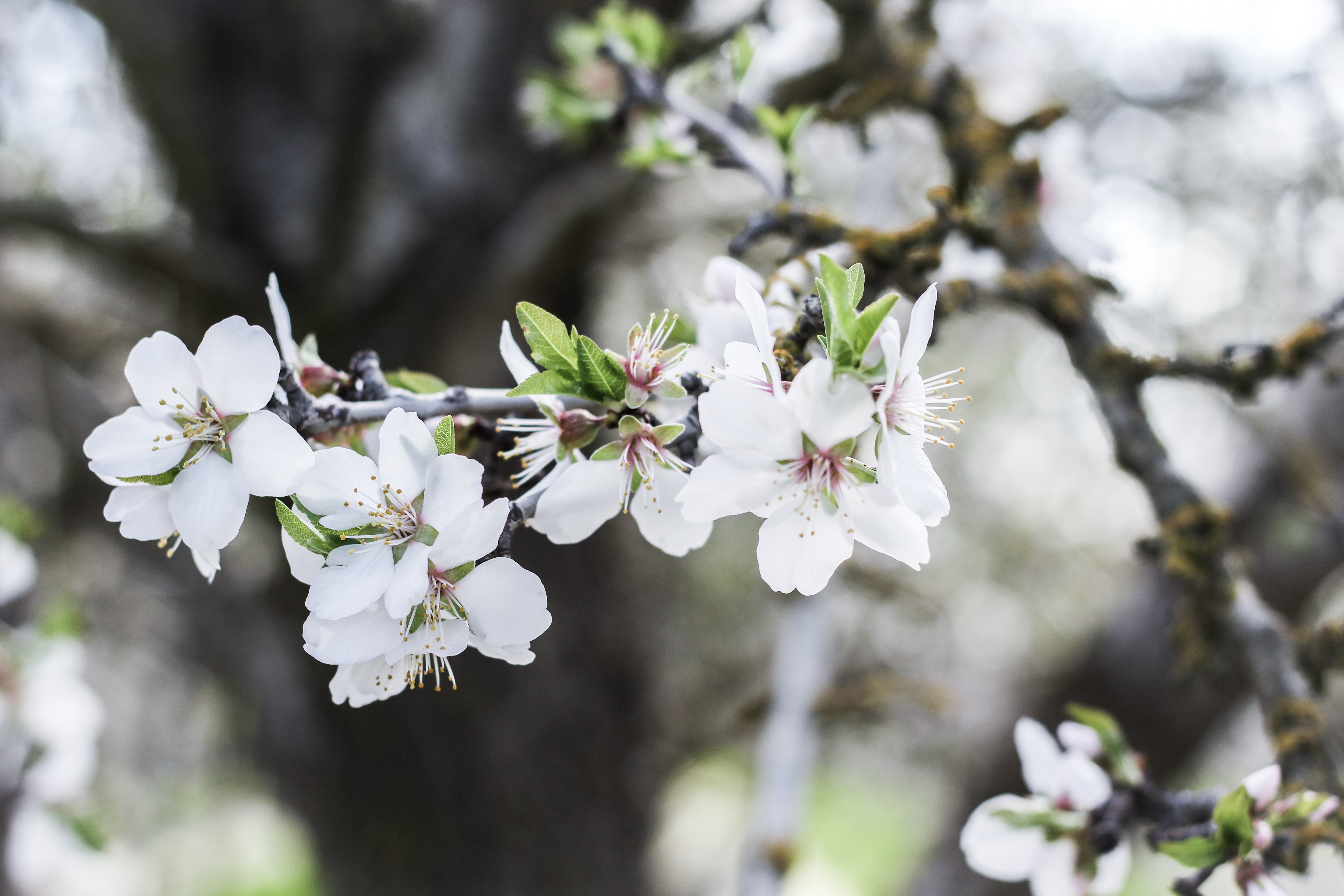
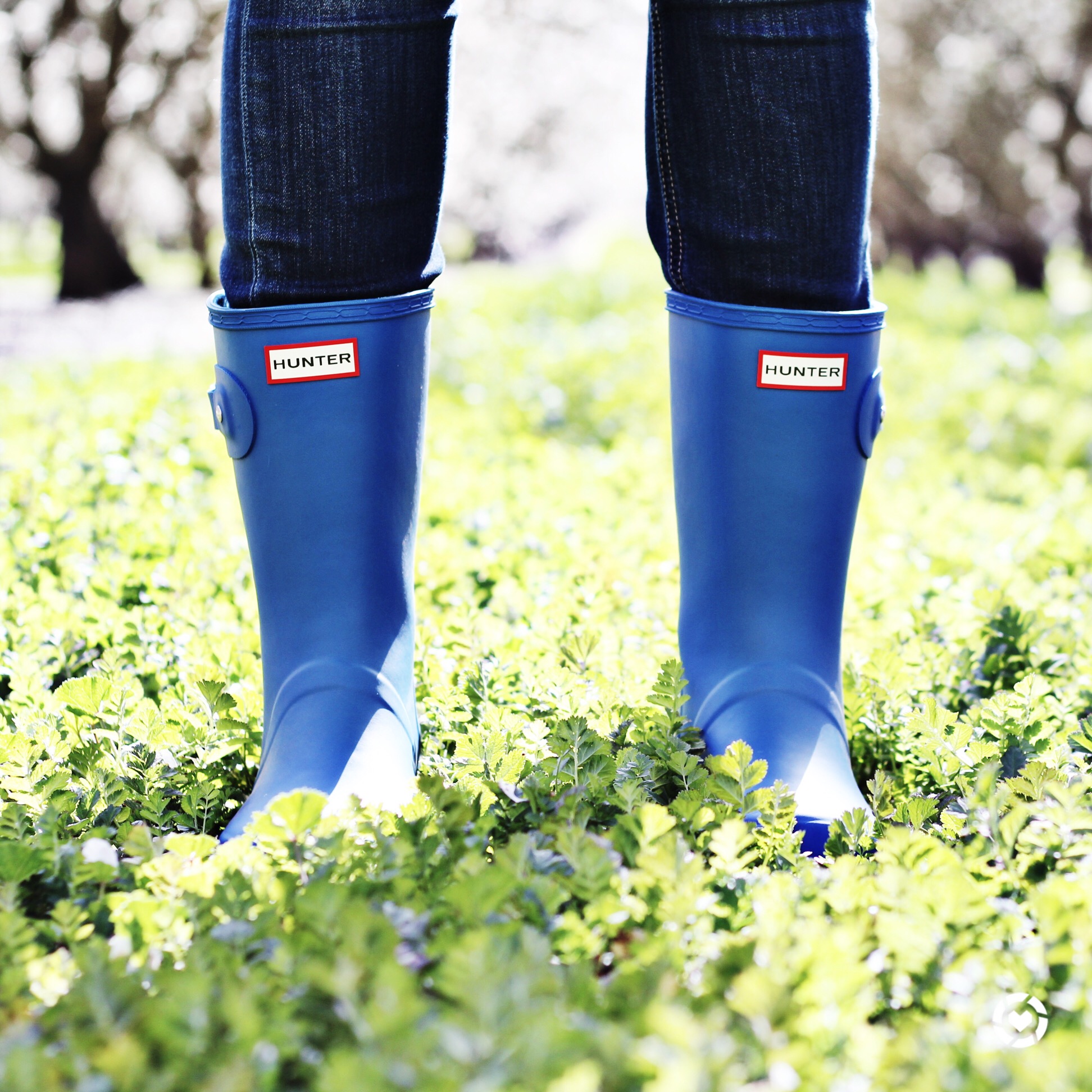
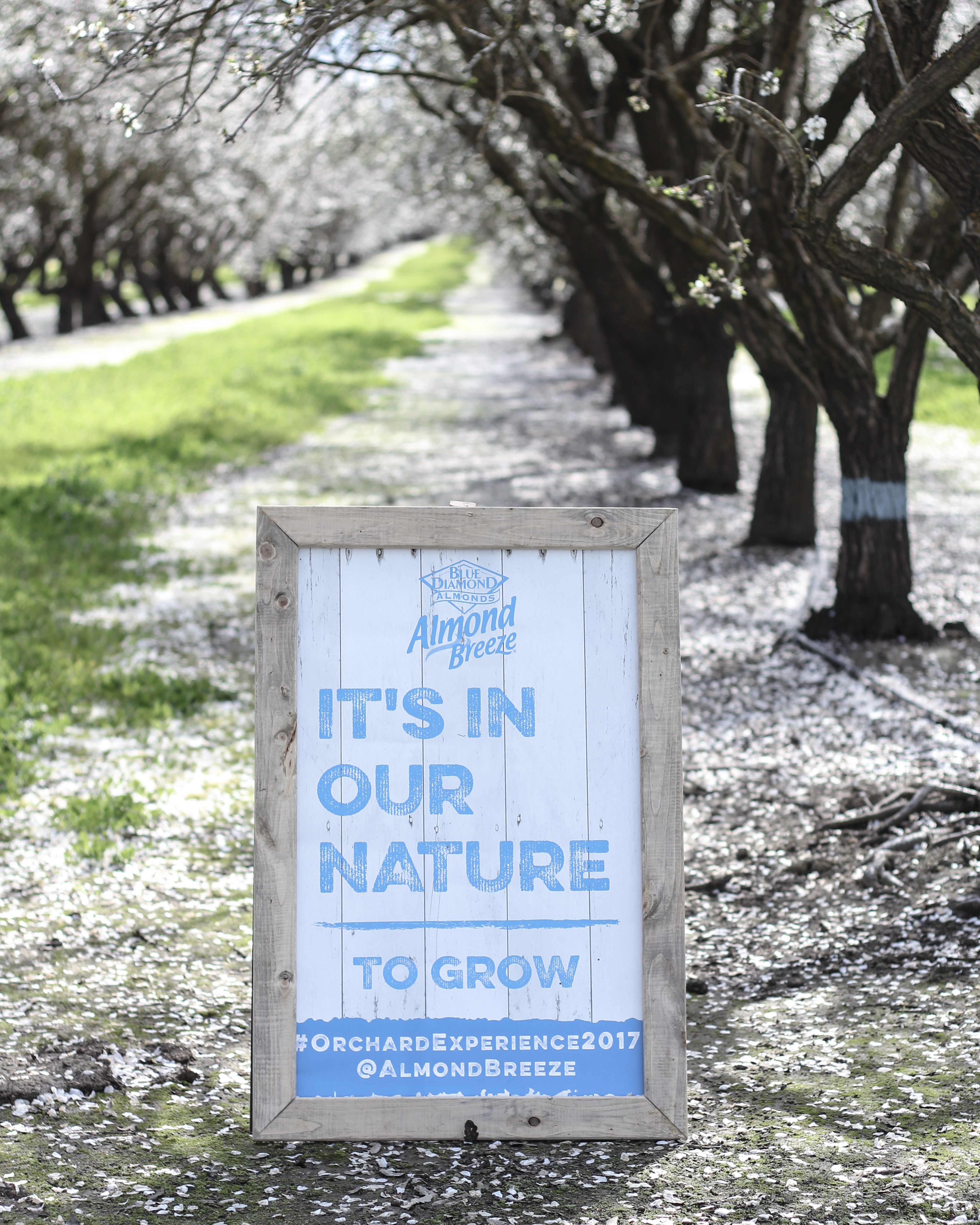




Hi Tori,
Great post! What brand of almond butter would you recommend?
Thank you Giuliana! I have been using the Nuts to You brand from Nature’s Fare and love it!
What a great experience in such a beautiful part of California.
I know u would appreciate it so much, they were lucky to have u at that amazing dinner table!!
Thank you Viv! xoxo
Tori
This was a very
Well done post from the gorgeous photography to the organization of the subject matter. Thoroughly enjoyed it. Thank you
Thank you so very much Siri! I really appreciate you taking the time to write me such a thoughtful note, that made my day. Take care! Tori
Thank you for sharing this post — especially since I’ve always wondered why isn’t there more organic almonds out in the market! I love the Nuts To You almond butter as well 🙂
Thank you for sharing. Curious as to why the Almond Breeze from costco isn’t non-gmo and fortified?
Hi Cristen, it should all be the same: is it the Almond Breeze brand? Can you send me a picture?